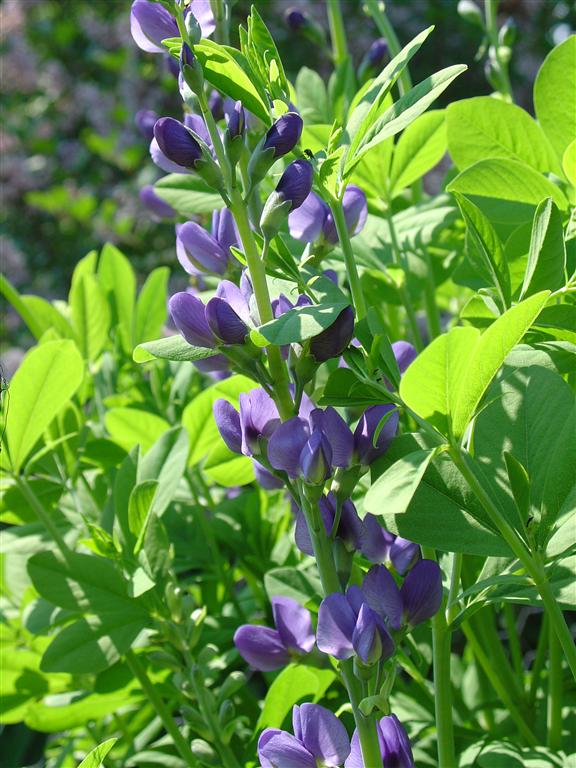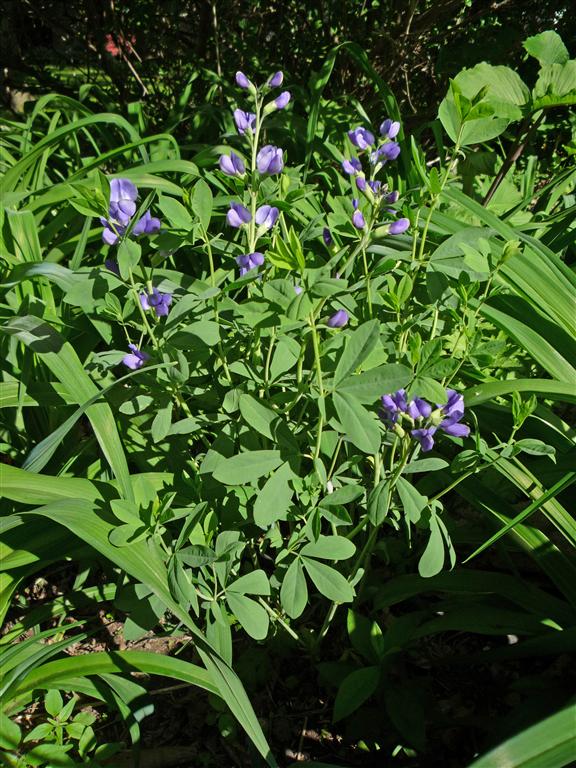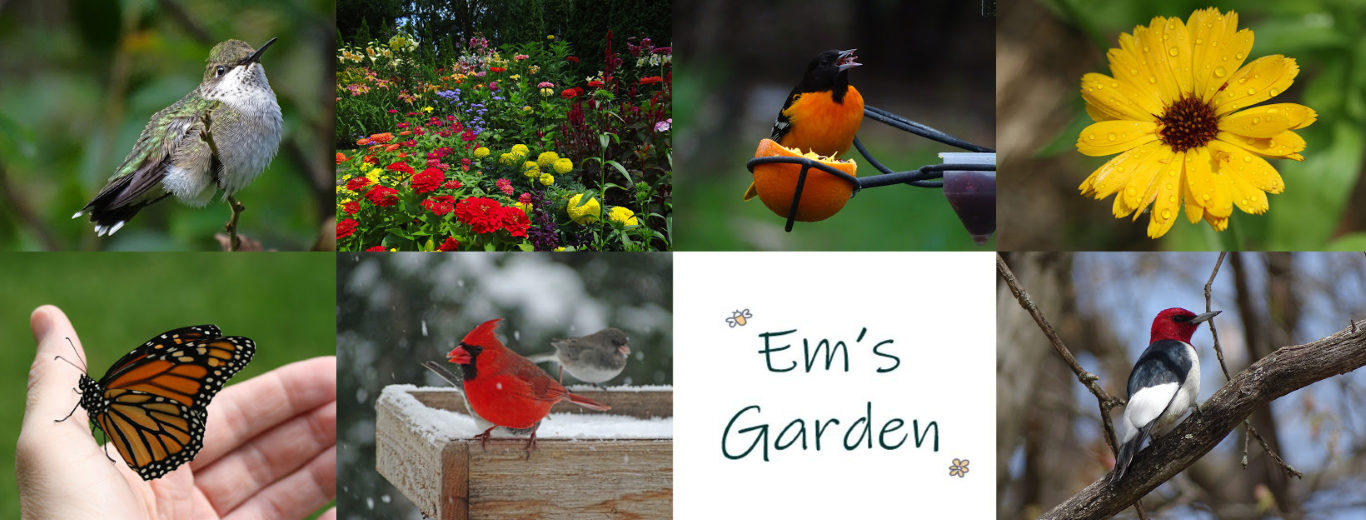I know I’m going be sorry in a few years, but this spring I was quite pleased with my impulse purchase of a Baptisia australis (blue wild indigo) plant. This North American native is a member of the pea family and showcases beautiful blue flowers in late spring/early summer.

I’m not going to be sorry I purchased my plant, but I am probably going regret placing it where I did. I stuck it in the corner of my yard where I allow plants get a little more wild than the rest of my flowerbeds. There’s an ugly power pole in that corner, so I try to make it less noticeable with taller plants like Queen of the Prairie and tall phlox. Unfortunately, there’s not a lot of growing space left in that corner, so I tucked my new plant in between some daylilies and a balloon flower.

Why is that a problem? Because this 2010 Perennial Plant of the Year grows about 4 feet tall and wide. And it takes about 3 years for a baptisia plant to mature to its full size, so it almost sneaks up on you. One day it’s a cute little 2-foot-tall plant and then next it’s a towering giant. I saw a beautiful specimen at a local botanical garden a few years ago that was easily 5 feet tall and wide.
I could just move my plant if it gets too big for its britches in a few years, right? Unfortunately, no. Baptisias have a very deep taproot, so they are difficult to transplant successfully.
Baptisias are hardy in zones 3-9. The plants prefer sun and are drought tolerant once established. You can grow them in partial shade, but they may need staking. Some people complain that the plants don’t actually bloom until maturity 3 years later, but mine sent up a flush of blooms shortly after I stuck it in the ground.
Baptisias put on a spectacular show in late spring, and the foliage and seedpods are attractive when the plant is not in bloom.
Just make sure you give this giant plenty of space in the garden.
